
Professor of Medicine at Harvard Medical School #Hematology #MedEd Founder of @TheBloodProjec1
12 subscribers
How to get URL link on X (Twitter) App

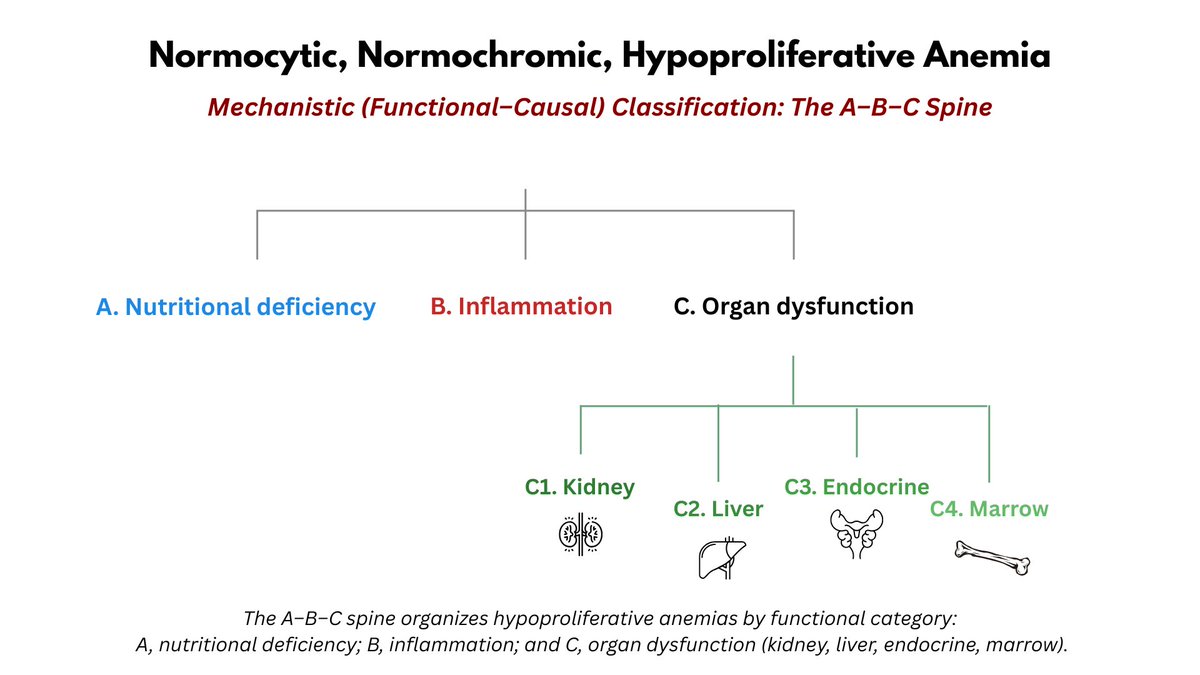

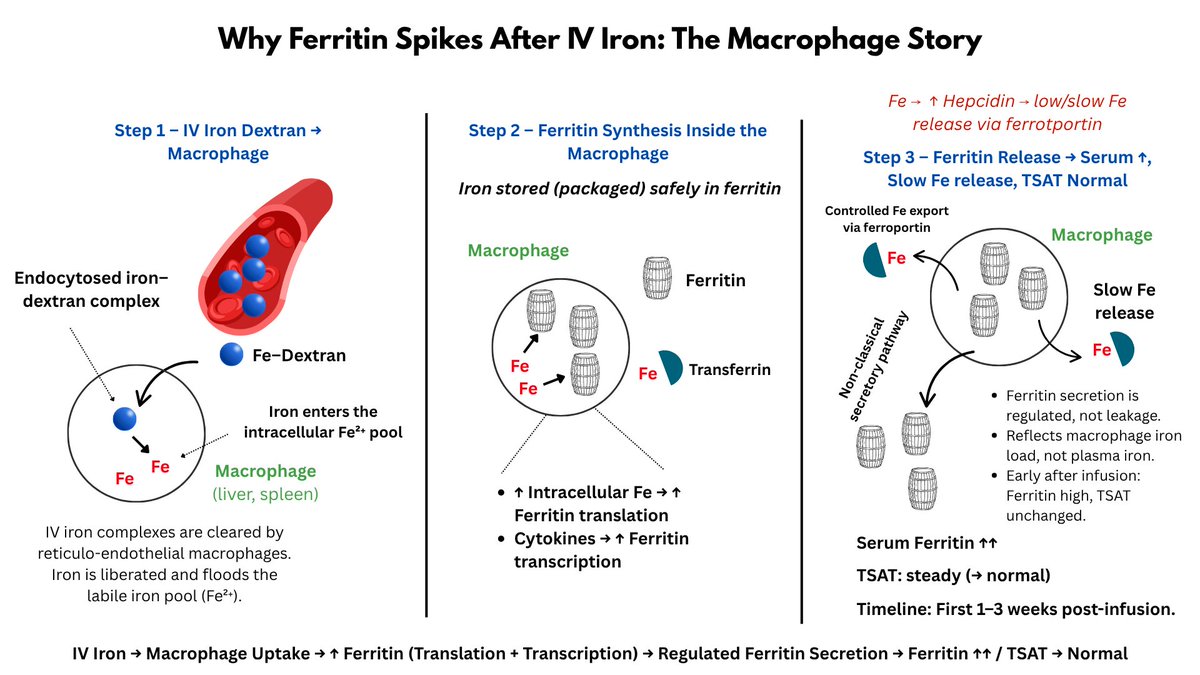
 2/8
2/8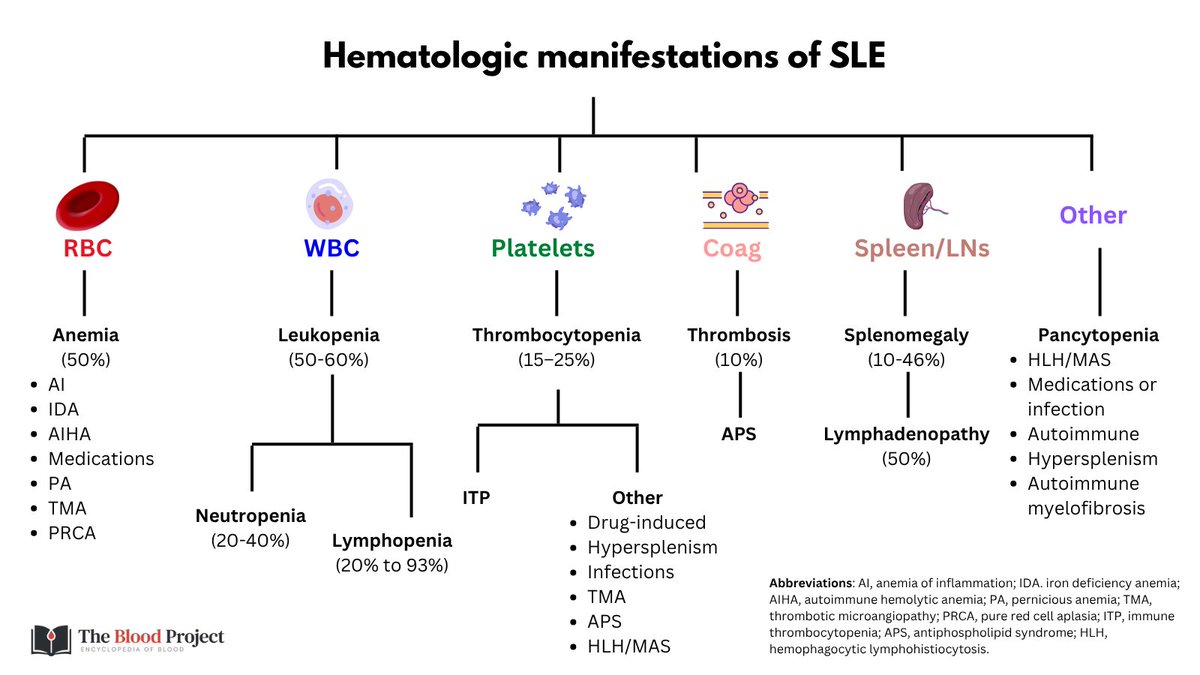
 2/4
2/4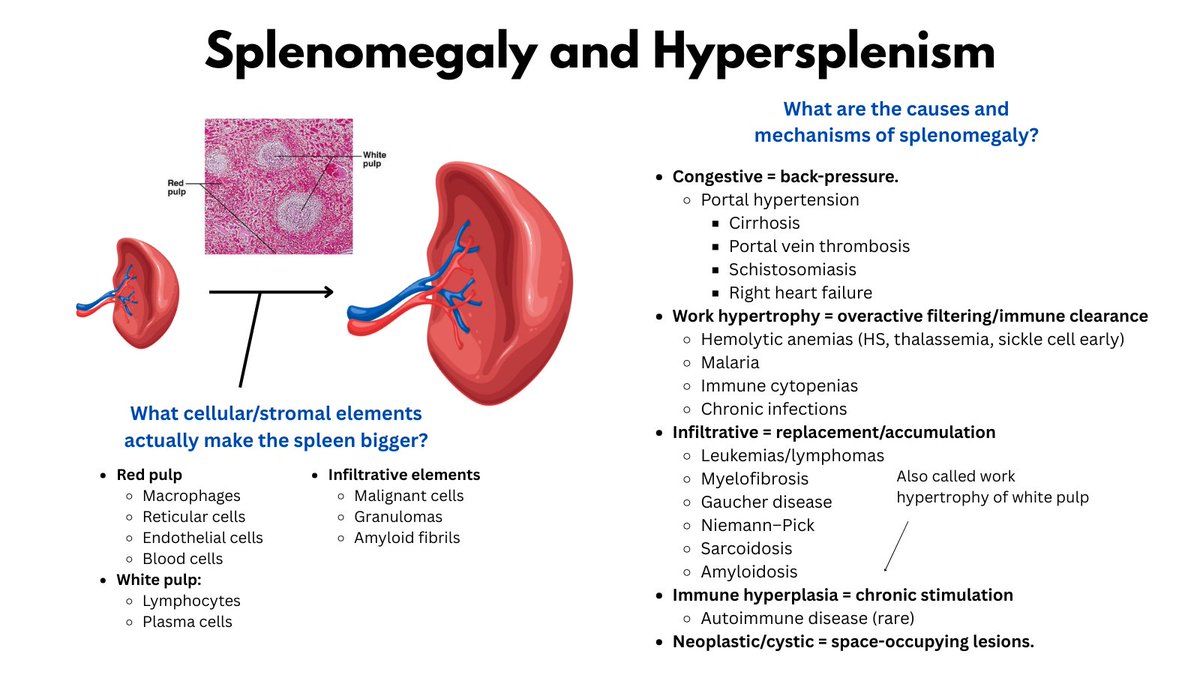
 2/5
2/5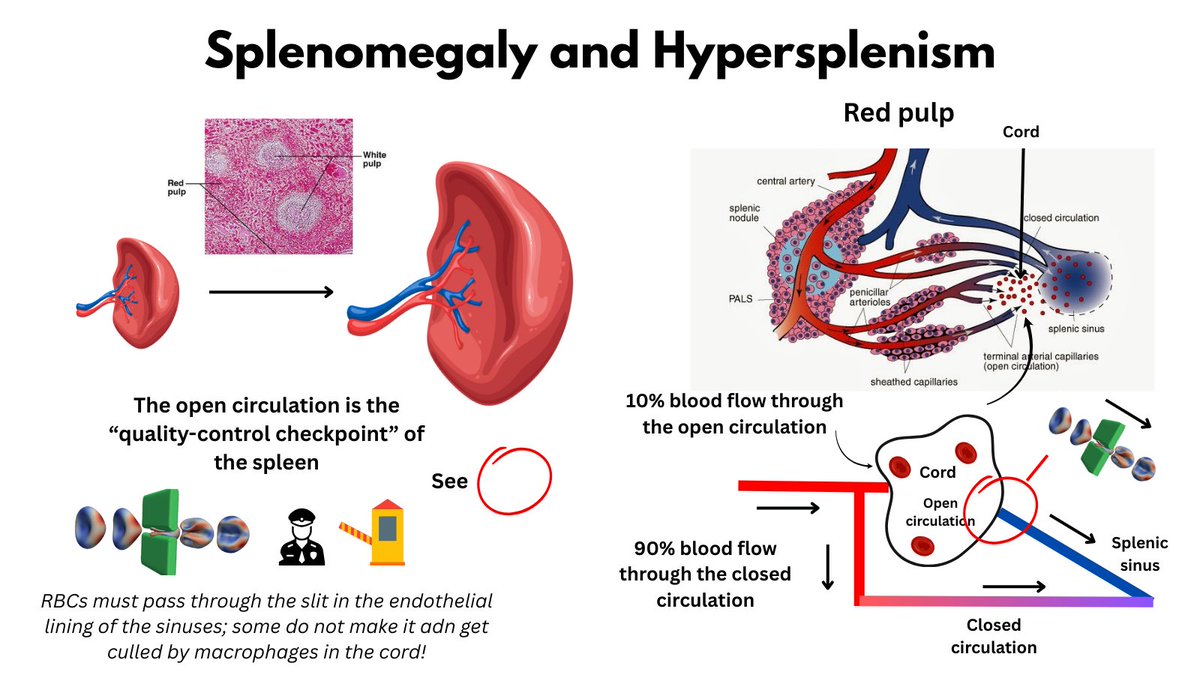

 2/7
2/7
 2/7
2/7 
 2/7
2/7
 2/4
2/4
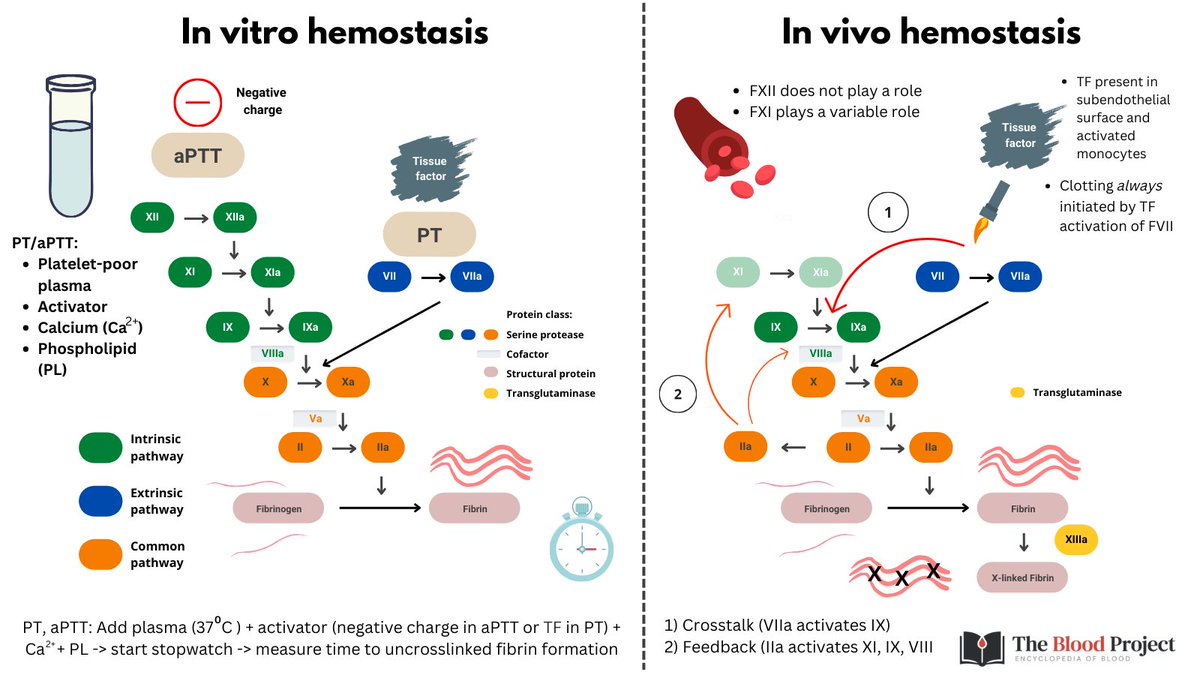
 2/5
2/5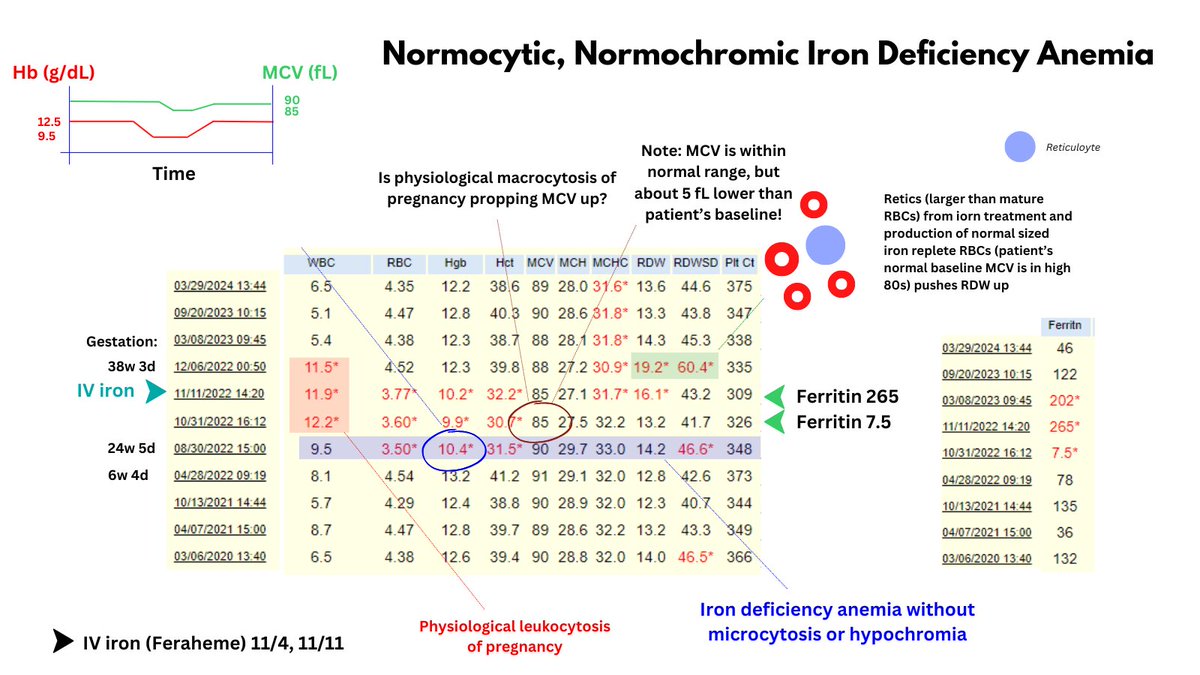
 2/6
2/6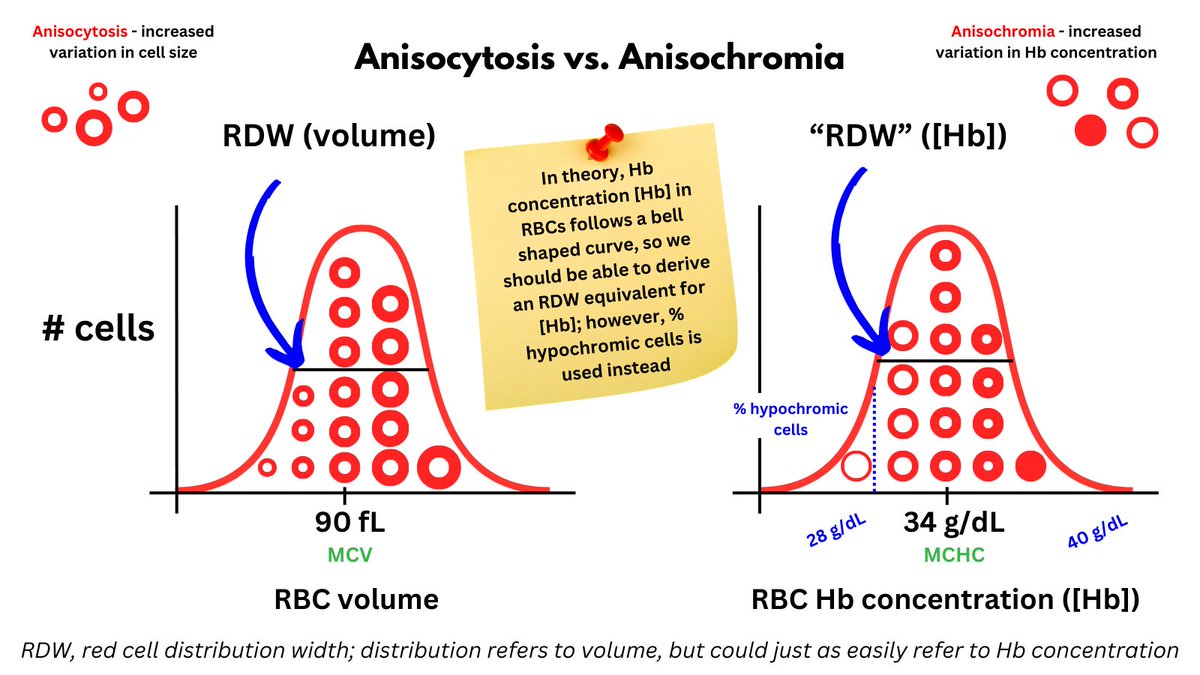
 2/7
2/7

 2/6
2/6

 2/4
2/4 
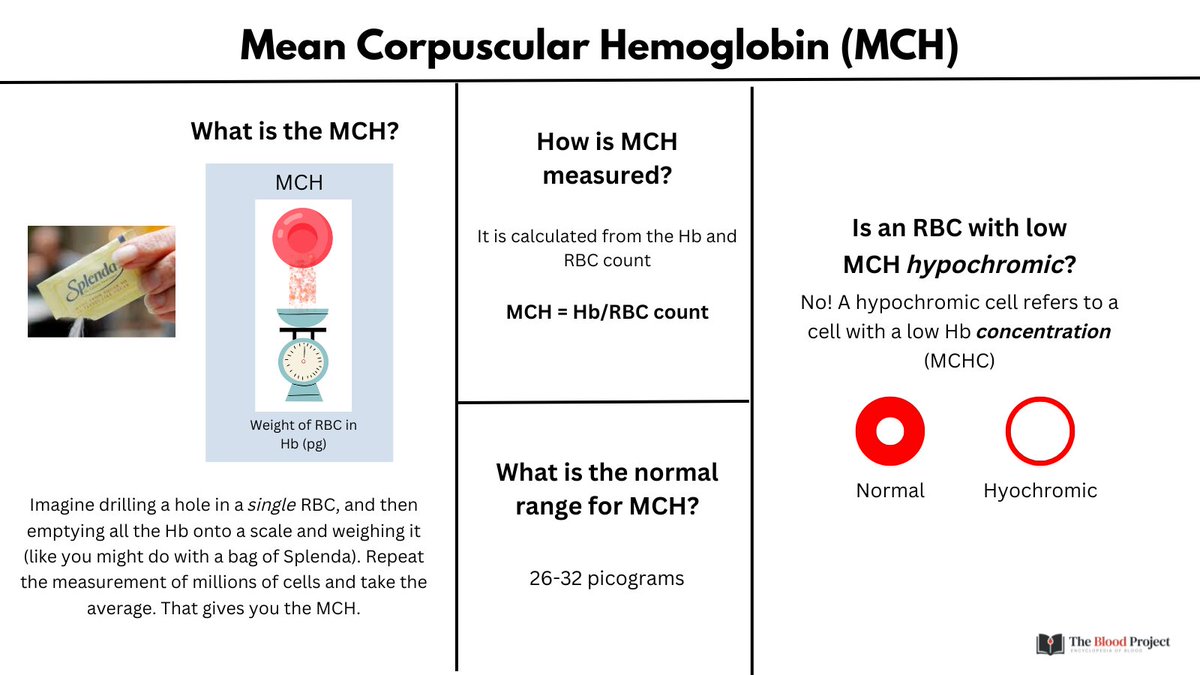
 2/4
2/4

 2/4
2/4

 2/12
2/12
 2/7
2/7